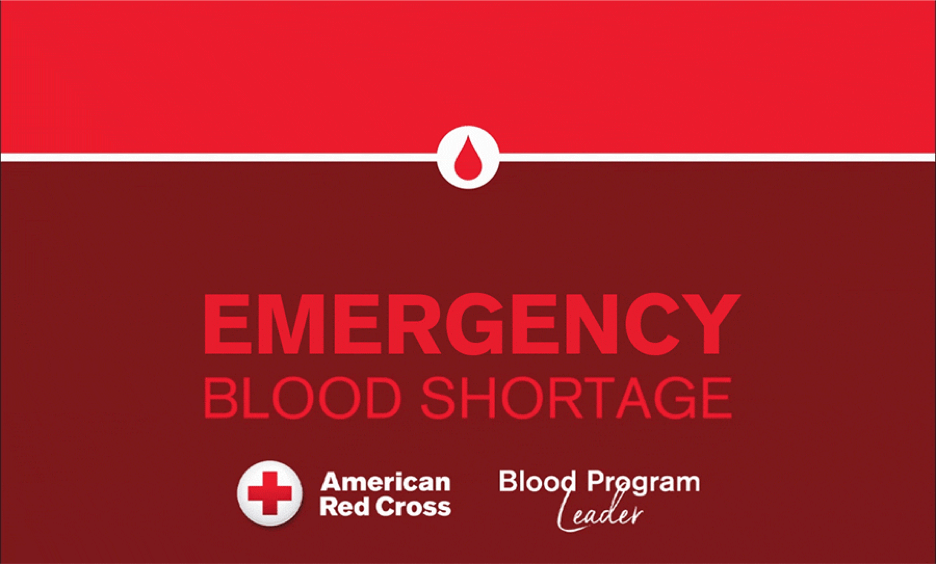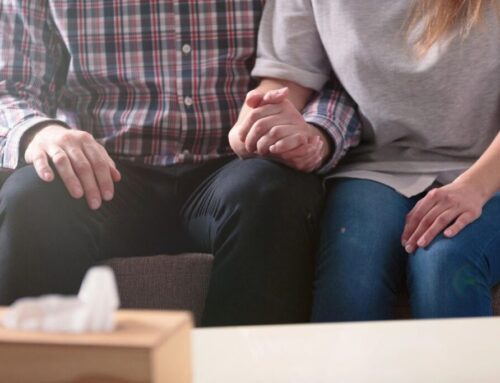As we move into our third month of dealing with Covid-19, some of us are being asked to return to work, others are fed up with staying at home and are venturing out. But some of us are still too frightened to leave our homes for more than essential errands. How do couples respect one another’s fears and boundaries about leaving the house and, more urgently, about their returning to the house after they have left? Perhaps a recent personal story will highlight what I’m trying to talk about.
After six weeks of staying home and self-isolating, I arranged to see two close friends for lunch. We were going to bring food to share and eat outside in my backyard. When the first to arrive came inside and put her food on the counter, I saw my husband’s eyes get huge. He clamped his mouth shut, and literally fled the house. No one touched anything in my house except for one doorknob and a couple of serving utensils. We got our food and walked directly outside where we sat a safe distance apart. A few hours later my husband texted me, “Is it safe to come home? Is it disinfected?” I said, yes, that my friends had gone and that I’d cleaned everything up. I told him I would disinfect the kitchen right away. But it didn’t matter. He came home and did it all over again. This happened on a Tuesday; it wasn’t until Friday that we were able to talk about it, and he was able to explain why he’d had such a strong reaction– specifically why he felt he was at a much higher risk than most. I thought I knew his mind; we’ve been married over 33 years! I also thought he was completely aware of my plans. But our reactions to unseen terrors are not always accessible in advance even to ourselves, let alone to others.
This experience made very clear to me that we each have our own idiosyncratic “lines of safety” that we draw around ourselves and others. The problem is, we are not even aware of our own lines, let alone anyone else’s. So how do we avoid crossing our lines, and our partners, when we are about to head out into the still-infected world? There are two options: permission and forgiveness. Forgiveness is always going to be more likely to get us what we want, but at the cost of straining and perhaps even ripping the fabric of our relationship. Permission is the option that has a lower success rate, but brings with it a whole host of other positive effects. Gaining permission involves taking the time to have a calm focused conversation with one’s partner about what he or she feels is required to stay safe, and to keep others safe. It is not trivial or something that can be accomplished quickly; it is not a “once and done.” The “idiosyncratic lines” move! They change each time we go out and have an experience that either frightens us or relieves us.
Here are a couple of suggestions to help you and your partner or family begin to tease apart and locate these internal “idiosyncratic lines of safety.” First, consider doing what healthcare professionals do: make a checklist to keep by the door, for both before you leave and for when you return, so all hygiene protocols are closely followed and maintained. Second, work through these questions together with your partner to help locate your own and your partner’s “idiosyncratic lines of safety.”
· Are you worried about my leaving the house? When do you feel safe leaving the house?
· Who do you feel I can safely see or visit in person? Who do you feel you can safely see or visit in person?
· Who do you feel can safely visit our home? Is family a special case?
· What can I do when I get home so that you will feel safe?
· Will you let me know if I inadvertently make you feel unsafe?
Take your time, revisit these issues often, and try to respect and honor your partners’ and family’s internal lines of safety as an ongoing act of kindness and respect.
By Martha S. Rinehart, PhD, LMFT
Council For Relationships
215-382-6680 ext. 4317
mrinehart@councilforrelationships.org
More about Martha S. Rinehart







